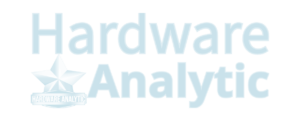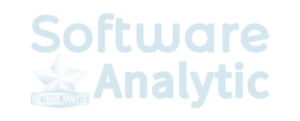SaaS ERP solutions have become increasingly popular in recent years. This article will explore the impact of Software as a Service (SaaS) on Enterprise Resource Planning (ERP) and the challenges of SaaS for ERP.
Impact of SaaS on ERP
SaaS ERP has become an essential tool for businesses of all sizes. It allows them to integrate and manage their business processes, data, and information across all departments and functions in a centralized system. For many years, on-premises ERP solutions were the norm, with companies purchasing and installing the Software on their servers. But nowadays, SaaS ERP has become widely popular for many reasons.
Flexibility and Customization
One of the biggest advantages of SaaS-based ERP systems over traditional on-premises solutions is their flexibility and customization options. SaaS vendors are constantly updating and improving their Software to meet the changing needs of their customers; this means that organizations can quickly and easily add new functionality or modules as needed without the need for expensive customization or integration. SaaS-based ERP systems are highly flexible and customizable, allowing organizations to tailor the Software solution to their specific needs.
Scalability
SaaS ERP systems are highly scalable, allowing organizations to add or remove users as needed. With on-premises ERP systems, adding new users could require expensive hardware upgrades and installations. With SaaS, businesses can scale up or down their software usage, paying only for what they need; this makes it ideal for businesses that experience seasonal or periodic changes in their operations.
Accessibility
SaaS-based ERP systems offer greater accessibility than on-premises solutions. Since the Software is hosted on the cloud, users can access it anywhere, anytime, with an internet connection. It is particularly beneficial for businesses with remote employees or multiple locations. Employees can access the system from any device, including laptops, tablets, or smartphones, to work from anywhere and collaborate in real-time.
Reduced Costs
SaaS ERP systems offer significant cost savings compared to on-premises solutions. With on-premises ERP systems, businesses must invest in expensive hardware, software licenses, maintenance, and upgrades. With SaaS, businesses pay only for what they need, with no upfront costs for hardware or Software. SaaS vendors are also responsible for maintaining and upgrading the Software, reducing the burden on internal IT teams.
Integration
SaaS-based ERP systems can be easily integrated with other cloud-based solutions, making it easier for businesses to manage their operations; this is particularly beneficial for businesses that use other cloud-based Software, such as customer relationship management (CRM) or project management tools. SaaS vendors often provide APIs that allow businesses to integrate their ERP system with other software solutions to streamline processes and increase efficiency.
Challenges of SaaS for ERP
SaaS ERP offers many benefits to businesses but also some challenges. Some of those challenges are given below.
Data Security
Since SaaS ERP systems store sensitive company data on a third-party server, there are concerns about data security. Businesses must ensure the vendor has proper security support, such as encryption, firewalls, and regular backups.
Customization
SaaS ERP solutions may not be as customizable as on-premise ERP solutions, which could limit the ability of businesses to tailor the Software to their specific needs. However, many vendors offer a range of customization options, such as configurable workflows, dashboards, and reports.
Reliance on Vendor
With SaaS ERP, businesses rely on the vendor for updates, maintenance, and technical support; this can be an issue if the vendor experiences downtime or service disruptions. Businesses should carefully evaluate the vendor’s reliability and support offerings before choosing a SaaS ERP solution.
Integration
While SaaS ERP systems can be easily integrated with other cloud-based solutions, integrating with on-premise systems can be more challenging; this can create data silos and reduce the efficiency of business operations.
Data Ownership
SaaS ERP systems may create concerns about data ownership. Since the data is hosted on the vendor’s server, businesses must ensure they retain ownership of their data and can access it anytime. Vendors should provide clear terms and conditions regarding data ownership and access rights.
Conclusion
The emergence of SaaS-based ERP solutions has transformed how businesses manage their operations. With their flexibility, scalability, accessibility, cost savings, and integration options, SaaS-based ERP systems offer significant advantages over traditional on-premises solutions. Although there are some challenges, as more businesses adopt cloud-based solutions, we expect continued growth in the SaaS ERP market, with vendors offering even more advanced features and functionalities.




















Reviewed